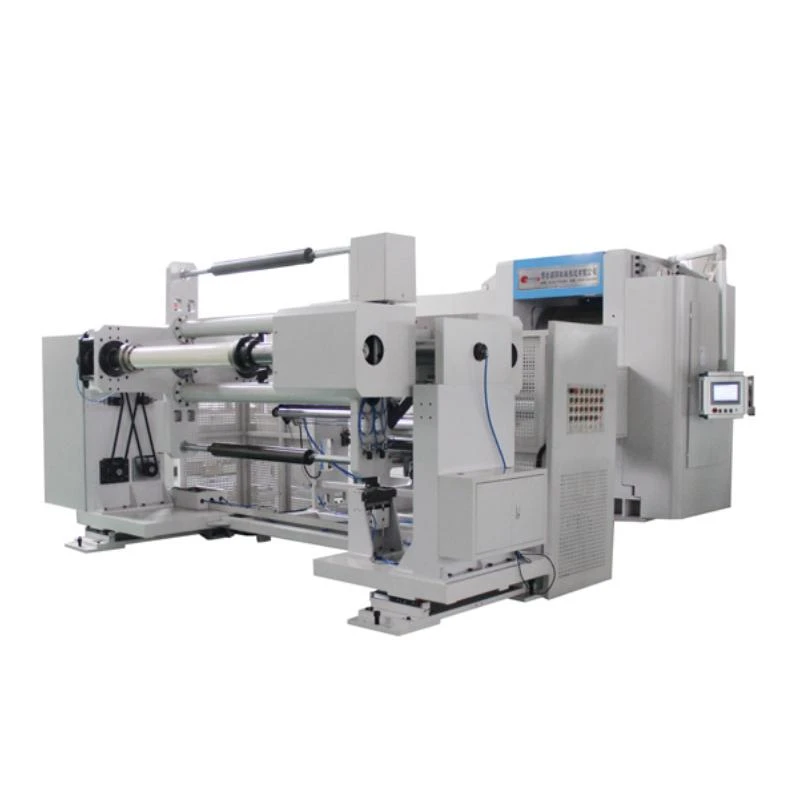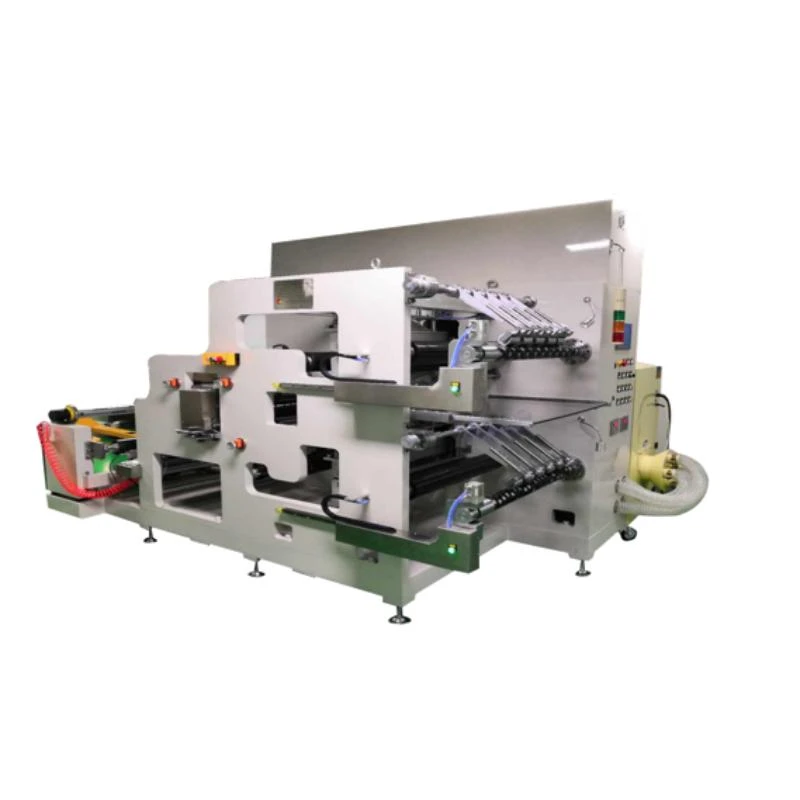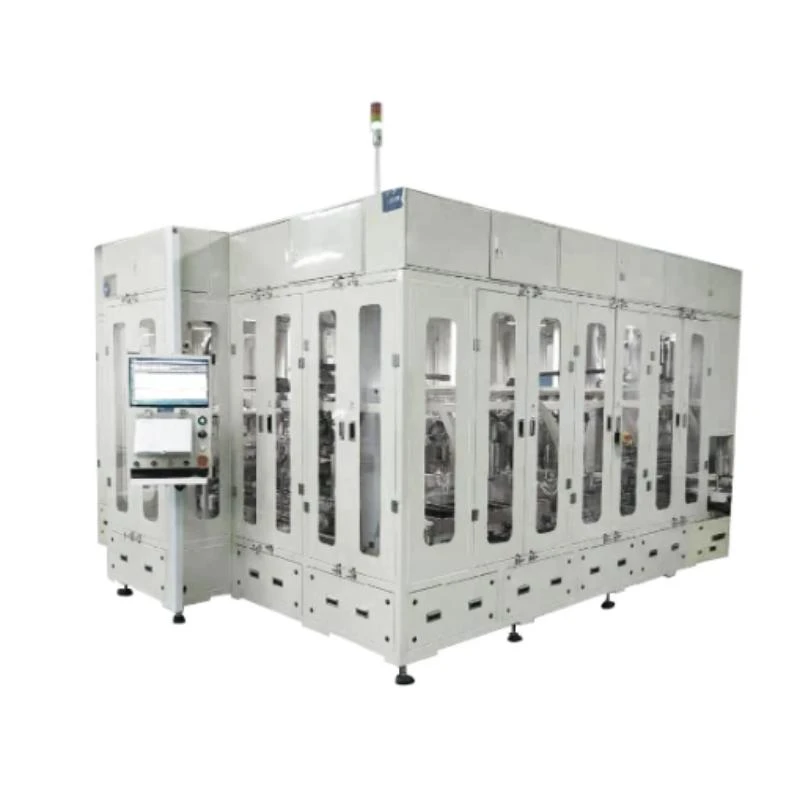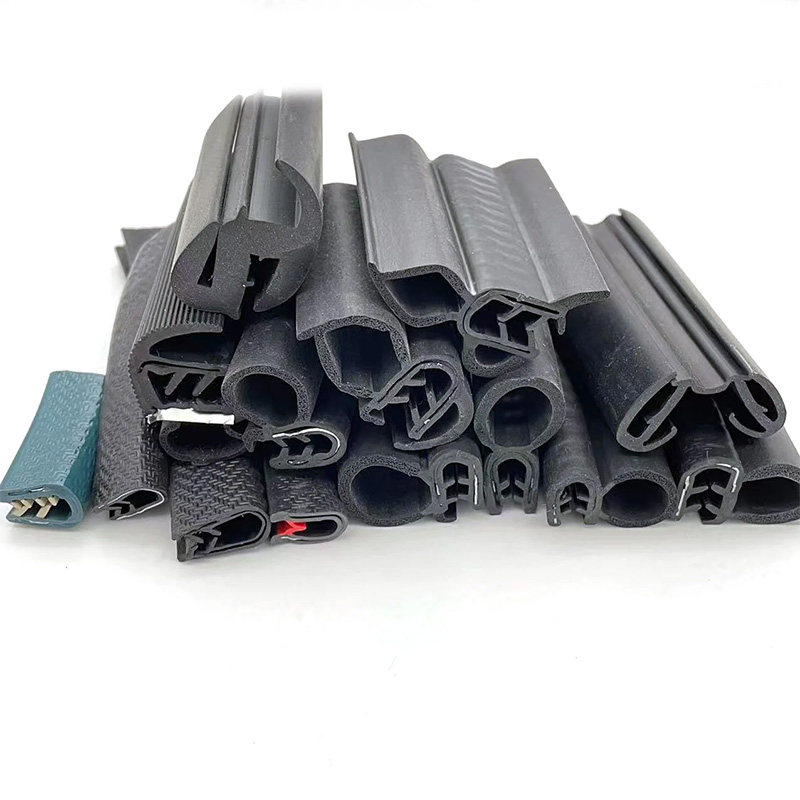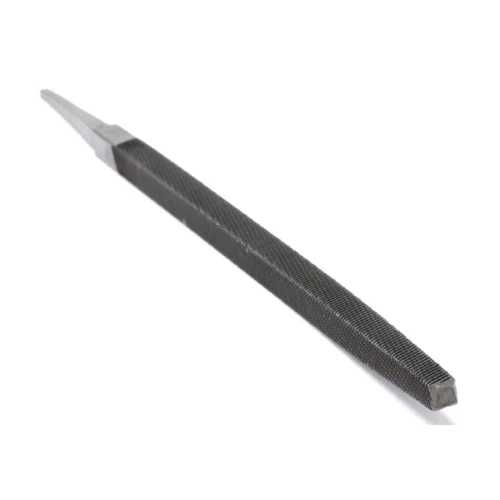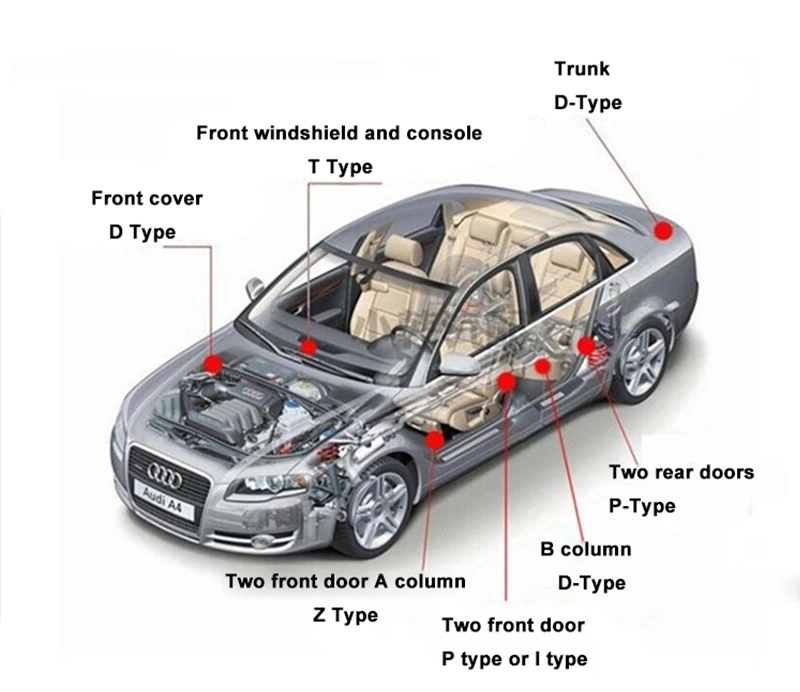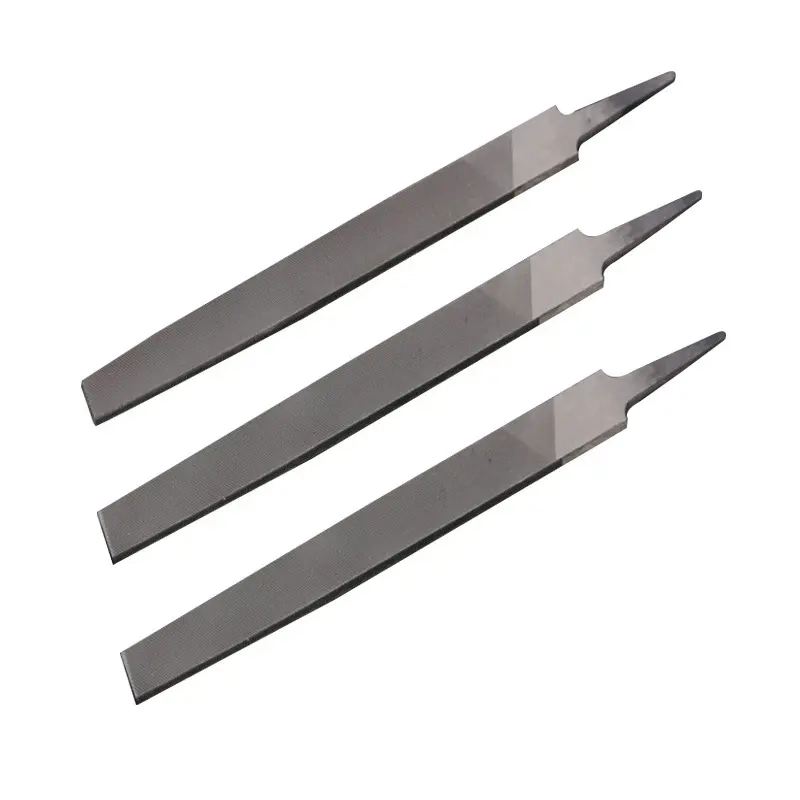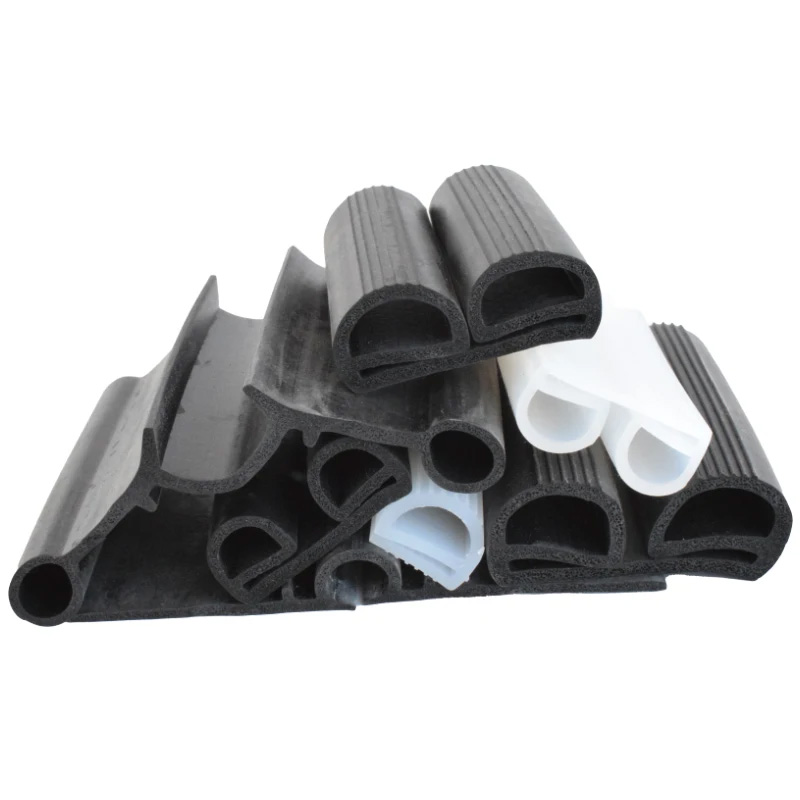High-Efficiency Lithium Battery Welding Machine for Pack Assembly
With the rapid growth of lithium ion battery pack assembly line technology, global demand for advanced solutions such as the lithium battery welding machine and high-precision filling systems has soared. The lithium battery market was valued at $65.1 billion in 2023 and is forecast to exceed $135 billion by 2030 (source), propelled by the e-mobility, energy storage, and IoT device sectors.
- Automated welding and assembling—a critical step—directly impacts battery lifespan, safety, and cost of production.
- Latest advances focus on high-speed, precision, low-defect welding; seamless integration into large-scale lithium ion battery assembly equipment.
| Key Parameters Comparison: Lithium Battery Welding Machines (2024) | |||||
|---|---|---|---|---|---|
| Model | Welding Method | Max Power (kW) | Precision (mm) | Throughput (pcs/hr) | Compatibility |
| SDWD-800 | Laser Automated | 8 | ±0.02 | 1500 | 18650/21700/Prismatic |
| XLW-500 | Ultrasonic | 5 | ±0.05 | 900 | Pouch/Prismatic |
| BND-200 | Pulsed Micro-TIG | 6 | ±0.01 | 1200 | 18650/Lead-Acid |
| XTSD-LW1800 * | Fiber Laser | 10 | ±0.015 | 2000 | All Types |
(High-grade Al, Cu sheets - certified per ASTM B152)
(±0.01mm, CNC, die-casting, surface treatments)
(Laser/Ultrasonic, fully robotic)
(Vision/eddy-current, ISO 9001:2015)
(Safety, conductivity—UL, IEC 62133)

The Filling Machine for Lithium Battery Injection Production Line is a cutting-edge system designed for the controlled injection of electrolytes in high-speed production. Integrating with lithium ion battery assembly equipment, it ensures:
- Consistent fill precision (±0.2% deviation), ensuring battery safety and high cycle life.
- Modular design for seamless inclusion in both lithium ion and lead acid battery production line.
- Full compliance with ISO 13849, FDA food-grade material standards (for anti-corrosive filling components).
- All wetted parts: 316L stainless steel or PTFE (chemical inert, ISO/ASTM certified).
| Core Technical Specifications | |||||
|---|---|---|---|---|---|
| Item | Parameter | Standard | Performance | Life Cycle | Industry Reference |
| Filling Accuracy | ±0.2% | ISO 845 | Stable, automated | >15M cycles | China EV, EU ESS |
| Filled Volume | 5ml–1000ml | ISO 12127 | Configurable | - | Automotive/Storage |
| Material | 316L SS/PTFE | FDA/ASTM | Corrosion-proof | 20 yrs+ | Global |
| Cycle Time | 2–4s/unit | IEC 60254 | Bottleneck-free | - | ESS/EV |

- Ultra-high welding precision: Fiber/laser welding achieves ±0.015 mm seam quality (see: XTSD-LW1800), far superior to traditional spot welding. Assures mechanical strength, low internal resistance.
- Anti-corrosive filling & modular maintenance: Use of FDA/ISO certified polymers and alloys extends service life to 20+ years, even under high-throughput, high-purity electrolyte handling.
- Certifications: All XT SD & major rivals certified to ISO 9001:2015, CE Machining Directive, UL, IEC 62133. Traceable QA documentation on all critical welds/fills.
- Energy efficiency: Consumption reduced up to 18% via servo-driven automation; 99.8%+ filling/welding yield from in-line optical monitoring.
- Flexible compatibility: Suitable for cylinder, prismatic, pouch & lead-acid batteries; quick tooling changeover in <18 minutes boosts OEE.
| Company | Core Product | Assembly Line Integration | Certifications | Global Installations | Customization Support |
|---|---|---|---|---|---|
| XTShuoding (XTSD) | Filling Machine, Welding System | Full (Filling+Welding+Formation) | ISO, CE, UL | 1300+ | Yes (On-Site) |
| KDL Automation | Laser Welder | Welding/Marking only | ISO, CE | 600+ | Partial |
| Manz AG | Pack Assembly Lines | Full (Integrated) | CE, ISO, SAE | 500+ | Yes |
| Hitachi Hi-Tech | Electrolyte Fillers | Partial | ISO, ANSI | 400+ | Partial |
XTShuoding offers tailored solutions around equipment for lithium battery assembly, including:
- Process Redesign: Consulting on workflow, error-proofing, and digital twinning for rapid scale-up.
- Integrated Traceability: Each lithium battery welding machine supplied with MES/SCADA connectors for full tracking and pass/fail archive (meet FDA Title 21 CFR Part 11 requirements).
- Turnkey Provision: Including site assessment, training, installation, and annual upgrades for both lithium ion battery pack assembly line and lead acid battery production line.
- Bespoke Protocols: Electrolyte filling recipes, vacuum de-aeration, degassing chambers – per global automotive/ESS customers.

- Automotive EV Plant (Europe, 2023): Implementation of fully automated lithium battery welding machine and filling modules increased battery pack output from 9,300 to 13,800 cells/day (proof: customer audit data, market leader OEM).
- ESS Manufacturer (Asia): Reduced scattering/defect rates from 4% to 0.83% after process migration to XTSD’s integrated welding & filling platform (referenced in Battery China Forum).
- Heavy industry (India): Custom lithium ion battery assembly equipment deployed for combined solar+storage project; passed third-party TÜV Süd inspections and received ISO/IEC 17025:2017 lab certification.
- Standard Delivery: 8–10 weeks worldwide (ex-works), including onsite installation and operator training.
- Warranty: 24 months on core modules; lifecycle part support up to 10 years. Free replacement for any ISO/UL certified factory defect.
- Customer Support: 24/7 remote diagnostics, 48h on-site engineer response, annual health checks, and process optimization service.
- Benchmark Minerals Intelligence: https://www.benchmarkminerals.com/
- Battery China Forum: https://en.batterychina.com/
- Markets&Markets Lithium Battery Market Report: Research Link
- Energy Storage Journal: https://www.energy-storage.news/
- Shanghai Stock News (Gigafactory Deployments): https://news.cnstock.com/news,bwkx-202312-5181310.htm
Share
-
Lithium Battery Welding Machine | High-Precision, Fast, SafeNewsNov.17,2025
-
Aluminium Guide Roller | Anodized, Lightweight, Low-NoiseNewsNov.17,2025
-
Tofu Cat Litter Bulk – Eco, Low-Dust, Fast Clumping SupplyNewsNov.17,2025
-
Equipment for Lithium Cell Assembly | Automated & PreciseNewsNov.10,2025
-
Square File Tool – Precision Cut, Hardened Steel, VersatileNewsNov.10,2025
-
Lithium Ion Battery Assembly Machine | Automated, High-SpeedNewsNov.10,2025
